Transforming Healthcare: Google’s Generative AI
- Angela Novelli
- Oct 6, 2023
- 3 min read
Updated: Dec 23, 2024

New technologies continue to emerge to help improve healthcare processes and outcomes for patients and workers. The healthcare industry has seen tremendous growth in its technologies and has adapted to the use of artificial intelligence, streamlining tasks and accessing data more efficiently than ever. More ways of doing this are still being introduced, including Google’s generative AI. Let’s explore what this term means and how it is beginning to benefit different healthcare organizations.
What is Generative AI?
Generative artificial intelligence, or AI, is the use of AI in generating new content, such as text images, audio, and video. As stated on Google’s website, “generative AI is powered by foundation models (large AI models) that can multi-task and perform out-of-the-box tasks, including summarization, Q&A, classification, and more. Plus, with minimal training required, foundation models can be adapted for targeted use cases with very little example data.”
Google’s newest language model, Med-PaLM 2, was designed to answer medical questions and assist organizations in administrative tasks like searching for data and documentation. It was made available for use for a select group of healthcare companies in order for them to explore its uses and provide feedback, and will become usable for others very soon.
How Healthcare Organizations are Using Generative AI
Google shared a blog post highlighting the ways that organizations are using their generative AI to make tasks more efficient and less costly. Did you know that it can take 12-15 years and cost up to one billion dollars to develop new pharmaceutical products? Bayer Pharmaceuticals is using Google’s generative AI to help speed up the process; it makes handling large amounts of data easier for researchers while also automating the drafting of clinical trial communications and translating them into other languages.
HCA Healthcare utilizes generative AI to improve documentation and workflow for its clinicians. Administrative tasks like documentation are important to healthcare companies but also time-consuming. Currently, HCA is testing a way to extract information from conversations between patients and physicians to help create medical notes. This will free up time that is typically used for manual data entry and that can now be used to focus on the patient and their care. In addition, HCA is developing ways to transfer patients between nurses without the latter having to communicate patient vitals, lab results, and other information. Generative AI can help standardize and automate this process while maintaining consistency and continuity.
Medical records are expansive and can be difficult to navigate for clinicians. MEDITECH is using Google’s generative AI to make it easier to access patient information from different sources all in one place. Furthermore, they wish to use Med-PaLM 2 to help clinicians deeper understand patient histories; they will be able to gain results to questions about patient conditions based on information gathered from patient records, clinical guidelines, and research articles.
Google continues to gain feedback and insights about their generative AI solutions and develop more ways to help organizations advance their patient care. AI technologies such as these have brought significant transformations to the healthcare industry, and we continue to see more and more changes that revolutionize the way we look at patient care.
This is just the tip of the iceberg in improving the patient experience and outcomes in healthcare using technology. Did you know that Sedna Consulting Group specializes in recruiting for healthcare technology roles? Our experts have over 15 years of experience in connecting quality talent to positions in healthcare technology roles. Send us a message on LinkedIn or Instagram to learn more about what we can do for you and your organization.
Sources:





Comments